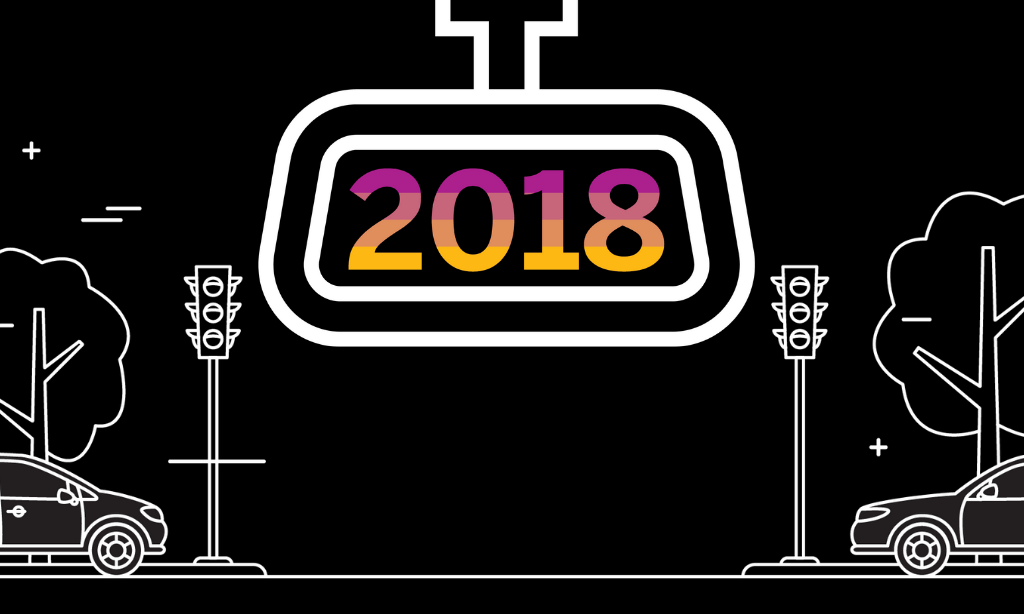2018 in the Rearview Mirror
We perceive time subjectively. The past year simultaneously crept along at a snail’s pace and flew by, and here we are in 2019! Things that happened in January 2018 feel like last week but events from a month ago seem like ancient history. This annual paradox makes me want to look back to try to make sense of it so I can make the most of this early time of year and prep for what’s to come.
The learning-technology market saw a lot of activity in 2018. Acquisitions of all shapes and sizes happened throughout the year. Some were obvious and expected, others came seemingly out of nowhere, but I have no doubt that each move was executed with a keen eye on where the market is heading.
Organizations seek well-integrated and flexible solutions to solve multiple human capital challenges with little or no disruption for administrators and, more importantly, end users. Technology companies have been taking significant steps to meet that need without making their customers do the leg work. Similar to recent years when we watched, for example, LMS providers like Litmos acquiring content vendors, the strategic direction was to offer a broader, more comprehensive learning platform that reduced the need (and time and effort) to pull in third-party technologies. This trend was on the rise in 2018 because just like in other industries such as retail, people are choosing a one-stop shop if they can get it.
Consumerization of Learning
If there was a consistent theme in 2018, it was the year of the user experience. The candidate experience, employee experience, customer experience — organizations and providers alike spent the last 12 months truly diving into what it means to be an employee or a customer who uses these systems. This is a shift towards more of a B2C model of understanding and catering to customer preferences and needs.
For learning, that meant an evolution from learner-centric to something even more relevant and personalized. It also meant being able to provide those experiences consistently across channels, whether delivered to employees, customers, or partners.
The Smartphone/Google/Netflix universe we live in has finally seeped into the world of enterprise learning. It has taken a long time to get here because companies had much invested in legacy technologies and content. But the learning experience is being “consumerized,” providing curated, relevant material available how and when people want it. Learning is slowly moving from event-based to continuous, and this past year has seen the most significant progress.
Practical Innovation
Newer technologies are moving from curious novelties to genuine problem solvers. I’ve been watching the fits and starts of virtual reality for three decades. This year, I witnessed it in real-world applications for everything from high-rise construction to in-store safety. We’ve gone from endless possibilities to practical realities.
The democratization of learning also made a huge shift in 2018. It is easier than ever for people to create and share content without the need for a degree in instructional systems design. Some of the most effective content today is shot and shared on iPhones. Technology allows organizations to tap into the vast amounts of knowledge — both institutional and otherwise — within their workforces. Whether it is giving a subject-matter expert a drag-and-drop tool to create programs or simply providing a forum for people to ask experts questions, knowledge never flowed freer.
We also spent a lot of 2018 fretting about whether artificial intelligence will either take all our jobs (at best) or fuel the robot uprising (at worst). I can safely say that for the foreseeable future, neither of those things will occur. What is happening, however, is that data and algorithms are making our software smarter. This will only increase over time. And while actual robots may not take over the world, there will be more robotic automation taking over processes (which sounds like a way less interesting movie). The more data we collect and the more patterns we uncover, the more we will become comfortable with machines (software, not robots) assuming increasingly complex tasks. Today, we see AI outputs like relevant recommendations for learning content. Soon, we may see artificially created content.
Eyes on the Road Ahead
Now that the calendar has turned, I don’t expect the pace to slow down. The digital transformation is underway for organizations and learning. The key is to not let it become overwhelming. Decide what’s important to you and your organization and focus on that. But if you sit back and wait for it to blow over, you will spend 2020 wondering what happened to you and your company.





